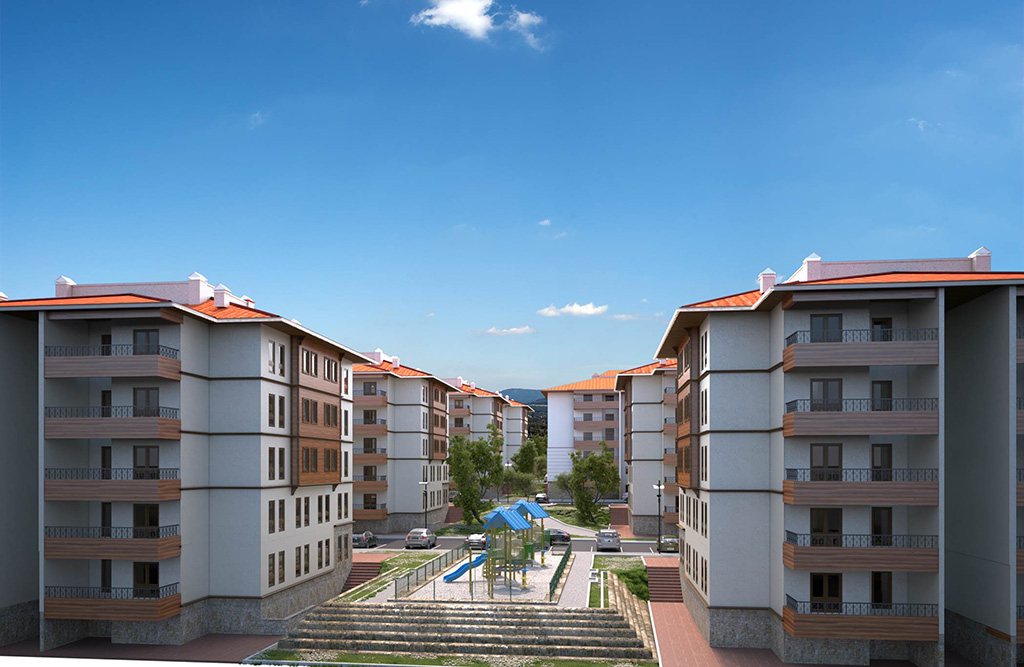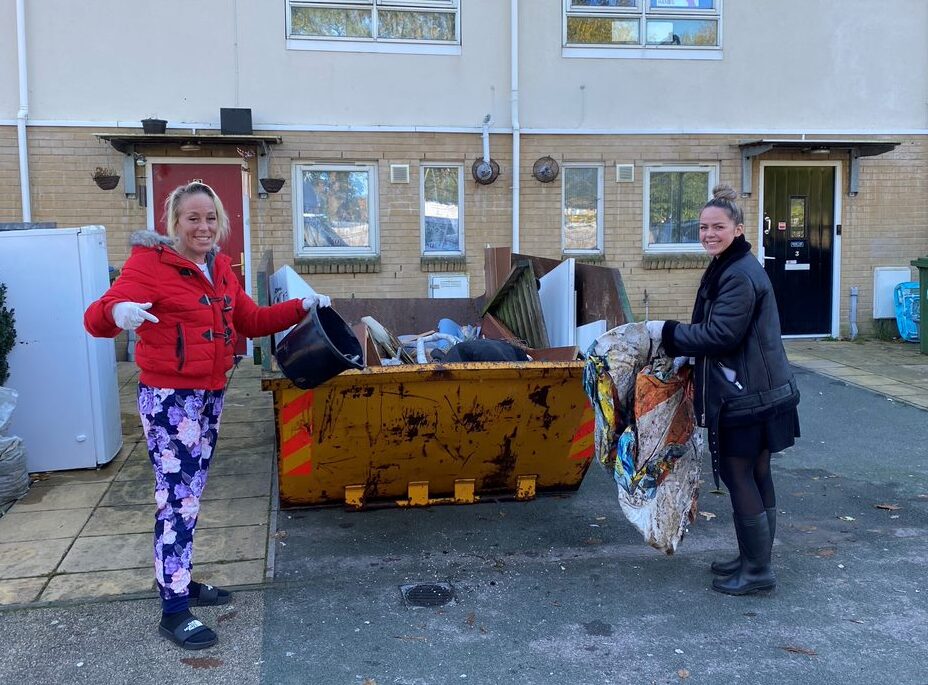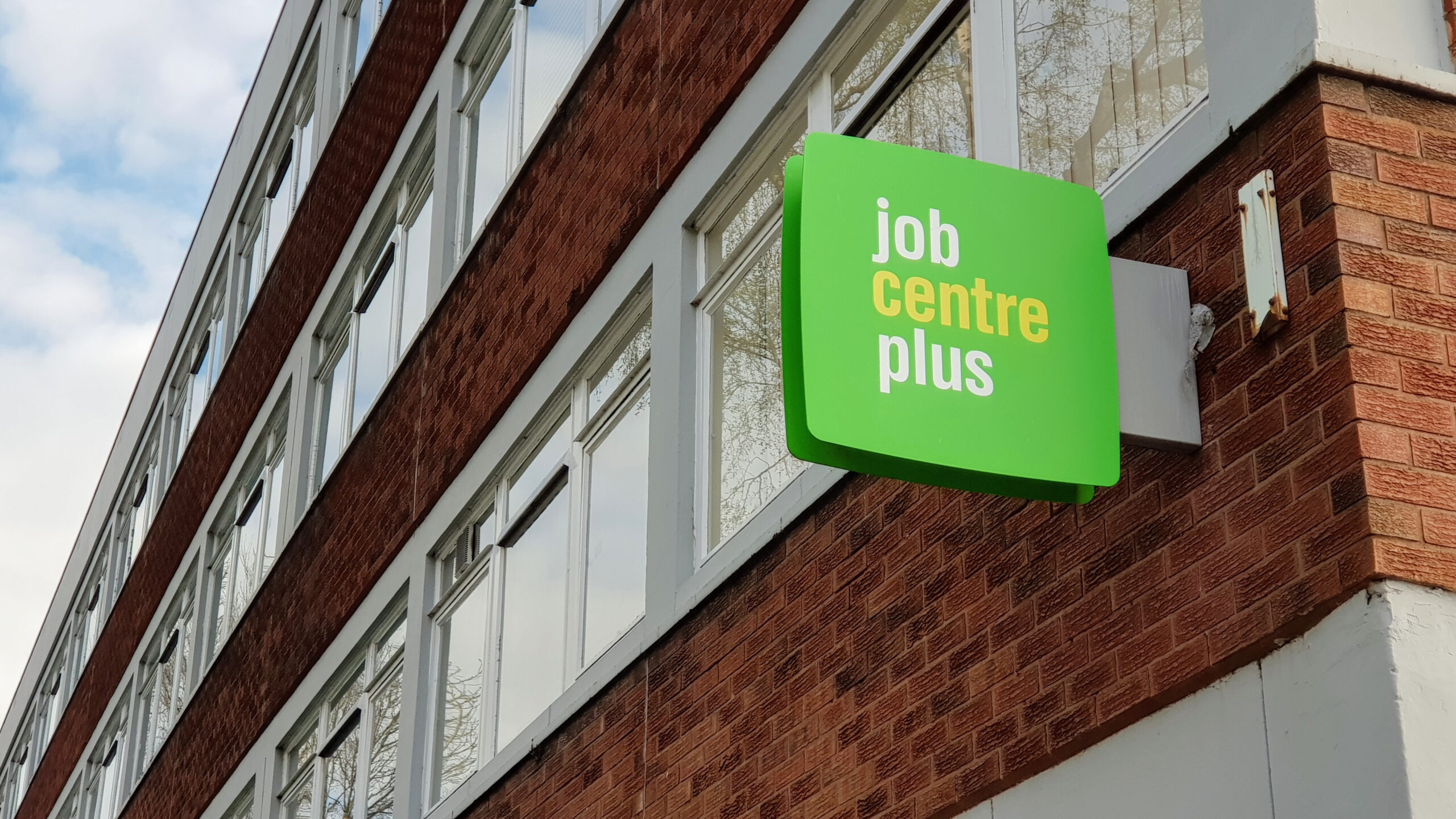The perennial question of how to get more affordable housing built has been in the minds of researchers in 2023. Around the world, the long-term trend has been for fewer numbers of new affordable homes to be built. But some countries have bucked it by tapping into the private market – with all the mixed blessings that entails.
One of the problems of bringing the private sector on board is it tends to increase spatial inequalities based on income.
In Istanbul, the Turkish institution TOKI (Housing Development Corporation) has set up public-private partnerships for high-end housing construction, in order to subsidise new housing for low-income people. The government is legally allowed to acquire land from municipalities either for free or at low cost – enabling affordable housing projects to go ahead.
The housing is sold to low-income families on a 25-year ministry-sponsored loan. As a result of the free land and partnership, the government aim of keeping costs down for those on very low incomes can be achieved. However, it does mean that the affordable housing can only be built on the city’s periphery, not within the city where costs are high. And even then, researcher Suheyla Turk reports the monthly cost came to 32% of average social security-based income and for those on the lowest incomes could reach an unsustainable 70%.
The Nigerian government has brought in a variety of policies over the last two decades to tackle the persistent problems of shortage and high cost of housing. The rapidly increasing population and shift toward urban living have created acute problems. But as Enwin and Ikiriko note, policy responses have been piecemeal and of limited effectiveness. As in many countries, policies focused on shifting away from direct government intervention in favour of bringing in the private sector.
One initiative, the Family Housing Fund, provides subsidies to developers to provide affordable housing. Another aims to work with community organisations to develop very local housing solutions. But researchers note a formidable series of barriers to increasing supply, including high construction and land costs, lack of basic infrastructure such as water and electricity, and weak planning measures. In addition, people living in poverty have little access to finance. Corruption and bureaucracy are also resulting in substandard construction, delays and misappropriation of funding, the authors note.
In Peru, despite economic growth over two decades, government spending on housing and community services has fallen to just 0.45% of GDP – below the South American regional average. Funding to create low-cost housing is provided by Fondo MIVIVIENDA (FMV) but researchers note that this government institution previously actually built housing; now that’s undertaken by the private sector.
One programme run by FMV is the Techo Propio which offers grants to people wanting to build or renovate their own homes. In addition, people wanting to acquire social housing can obtain 20-year loans. Both groups must have a minimum savings level. To date, most of the recipients have been younger adults, and the great majority were in lower income groups. A separate funding programme is more accessible to middle-income households.
However, the researchers report that: “It became evident that there is a considerable gap between demand and supply. The existing supply is only able to meet 17.7% of the effective demand, leaving a substantial portion of the population with unmet housing needs.” This in turn leads people who cannot access decent low-cost housing to turn to informally built settlements that lack proper standards.
Pakistan similarly faces a dramatic shortage estimated at more than 12 million homes, most of which are needed in rural areas and around half of which are needed for low-income households. It’s thought that almost half of the urban population live in informal settlements.
Recent government initiatives to develop microfinance for housing are showing promise. Analysis by Basri and colleagues of one loan scheme found it included some families from very low income groups that wouldn’t have been reached under previous government initiatives. In addition, households reported that they were able to meet their payments without excessive strain on their finances. Living conditions and sanitation in the new or renovated housing were of a higher standard than before.
Importantly, recipients of the loans reported a greater sense of security in their home than before. They also reported that family and friends visited more often than before. They did have reservations about the amount of the loan, which is capped. The amount available needs to be doubled, they felt, to realistically cover costs. As a result, some projects were as yet unfinished.
Most researchers point out that where the private sector is brought in to aid construction of affordable housing, it must go hand in hand with increased powers for local authorities – both to enable schemes and to ensure quality standards.

Private finance integration to affordable housing production: A comparison between Copenhagen and Istanbul, Journal of Housing and the Built Environment
http://tinyurl.com/2w2hzue7
Understanding the Challenges of Affordable Housing Provision in Nigeria: An Analysis of Key Factors and Policy Implications, Anthony Dornubari Enwin and Tamunoikuronibo Dawaye Ikiriko, International Journal of Theoretical and Applied Sciences
http://tinyurl.com/bdnrm85u
Policies and Mechanisms of Public Financing for Social Housing in Peru, Karen Soledad Villanueva-Parades and Grace Ximena Villanueva-Parades, Sustainability
https://www.mdpi.com/2071-1050/15/11/8919
Impact of Housing Microfinance on Socio-Economic Indicators: A Study of Prime Minister’s Low-Cost Housing Scheme in Pakistan, Adnan Hushmat and Rabia Basri, International Journal of Mangement Research and Emerging Sciences
http://tinyurl.com/mr3wphhh





















